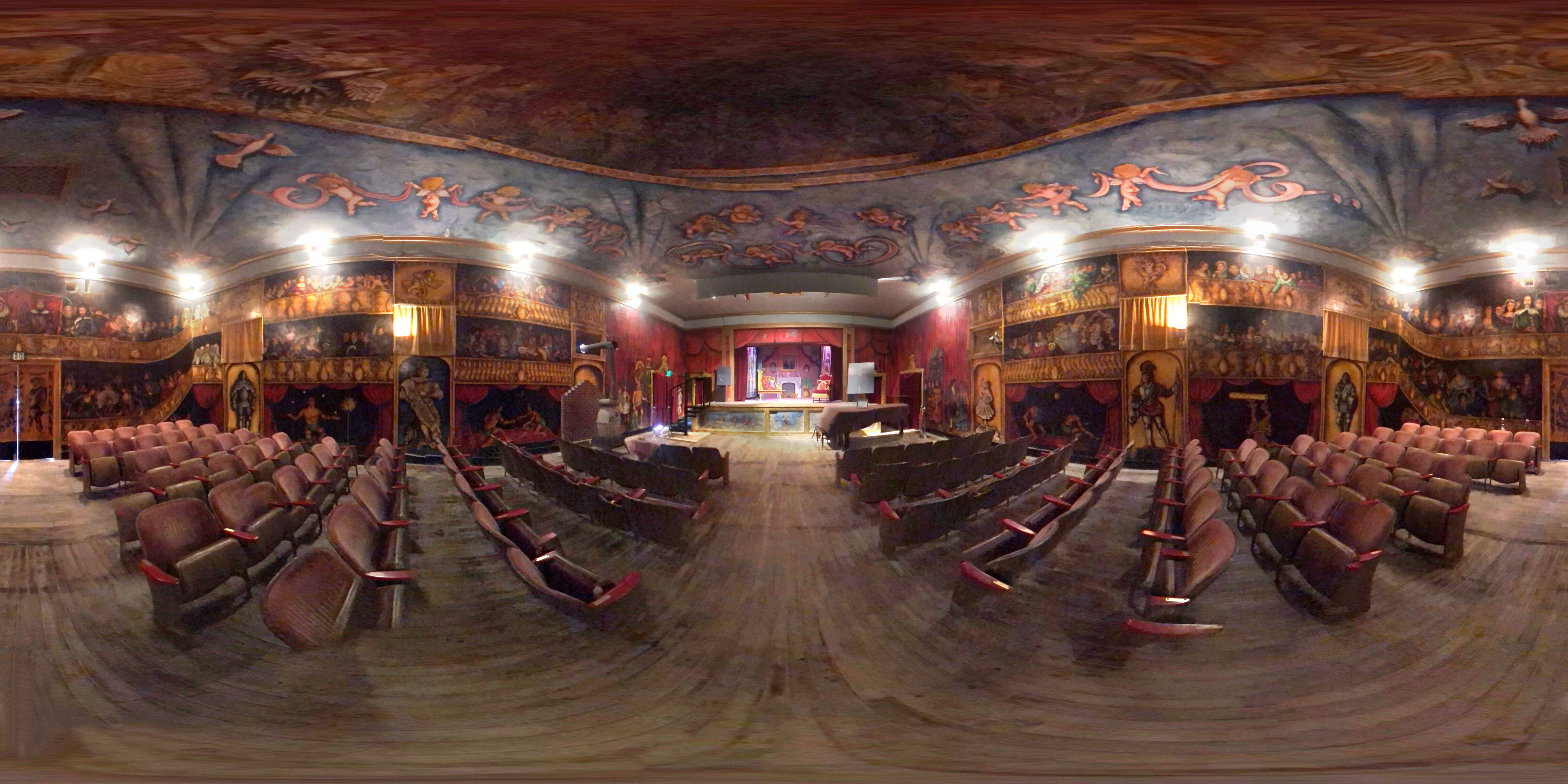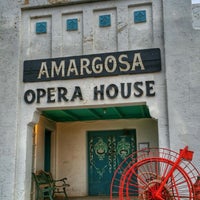



Colleges, universities and community halls where she performed regularly over the previous years were now more interested in booking burgeoning rock ’n’ roll acts, spoken word and other hip happenings of the time.īy then, Marta and her husband were both worn out from the continuous traveling touring required. The year was 1967, and the interest for performance programs of her ilk was dwindling due to the profound upheaval in 1960s popular culture. During these years, Marta began to see, experience and learn to appreciate the western landscape, which differed vastly from what she had known growing up in New York City.ĭuring one tour, the couple decided to camp between shows for a week at the Furnace Creek Campground in Death Valley National Monument.
#The amargosa opera house series#
Still, Becket continued to paint and sell her canvases between performance tours.Īfter marrying her manager Tom Williams in 1962, the two embarked on a series of one-person show tours of the western U.S. A critic of the day commented in Art News rather presciently: “In the midst of crowds and glitter, her figures seem isolated and withdrawn-living in private existences in closed worlds while displaying their bodies publicly.” Convinced that she would receive her “big break” when her one-woman show opened at New York City’s Waverly Gallery on November 23, 1963, her hopes were dashed when the sad news of President Kennedy’s assassination spread around the world the very same day. While touring the regional circuit in the early 1960s, performing with her own repertoire, Becket also managed to secure an art gallery in New York City where she began to sell her figurative paintings of whimsical local street scenes-city parks, costume shops, circuses populated with a variety of theatrical and stylized children, shop keepers, carnies and even “bored” fortune tellers. Her life infused with art, dance and music have continued for nearly ninety years now. Well before the dance lessons of her teenage years, the young Martha (she later changed her name to “Marta”) was instructed in a variety of other classic visual and performing arts including painting, drawing and piano. Naturally talented, she began dancing professionally during her early twenties with the corps de ballet at Radio City Music Hall and later on Broadway in three popular musicals including Showboat.
#The amargosa opera house professional#
Many have traveled to this remote corner at the eastern edge of Death Valley National Park to catch a fleeting glimpse of Becket’s desert legacy in art, music and dance-now continued through the efforts of a young but retired Bay Area ballerina who was originally inspired to take up dance when she first witnessed Marta on stage at six years of age.īorn on August 9, 1924, in New York City’s Greenwich Village, creatively precocious Martha Becket began studying ballet at age fourteen-considered a late start in the professional dance world-through encouragement and support from her somewhat overbearing mother. Her legendary story is not only the subject of the Emmy-winning documentary Amargosa (2000) but one that has captured the imagination of fans from across the globe. A fortune teller’s prophecy and a fortuitous flat tire led the multitalented doyenne Marta Becket to resurrect and transform Death Valley Junction’s decaying community meeting hall into a gloriously muraled theater where for four decades she has performed her own choreographed ballet and vaudeville acts for an international audience.


 0 kommentar(er)
0 kommentar(er)
